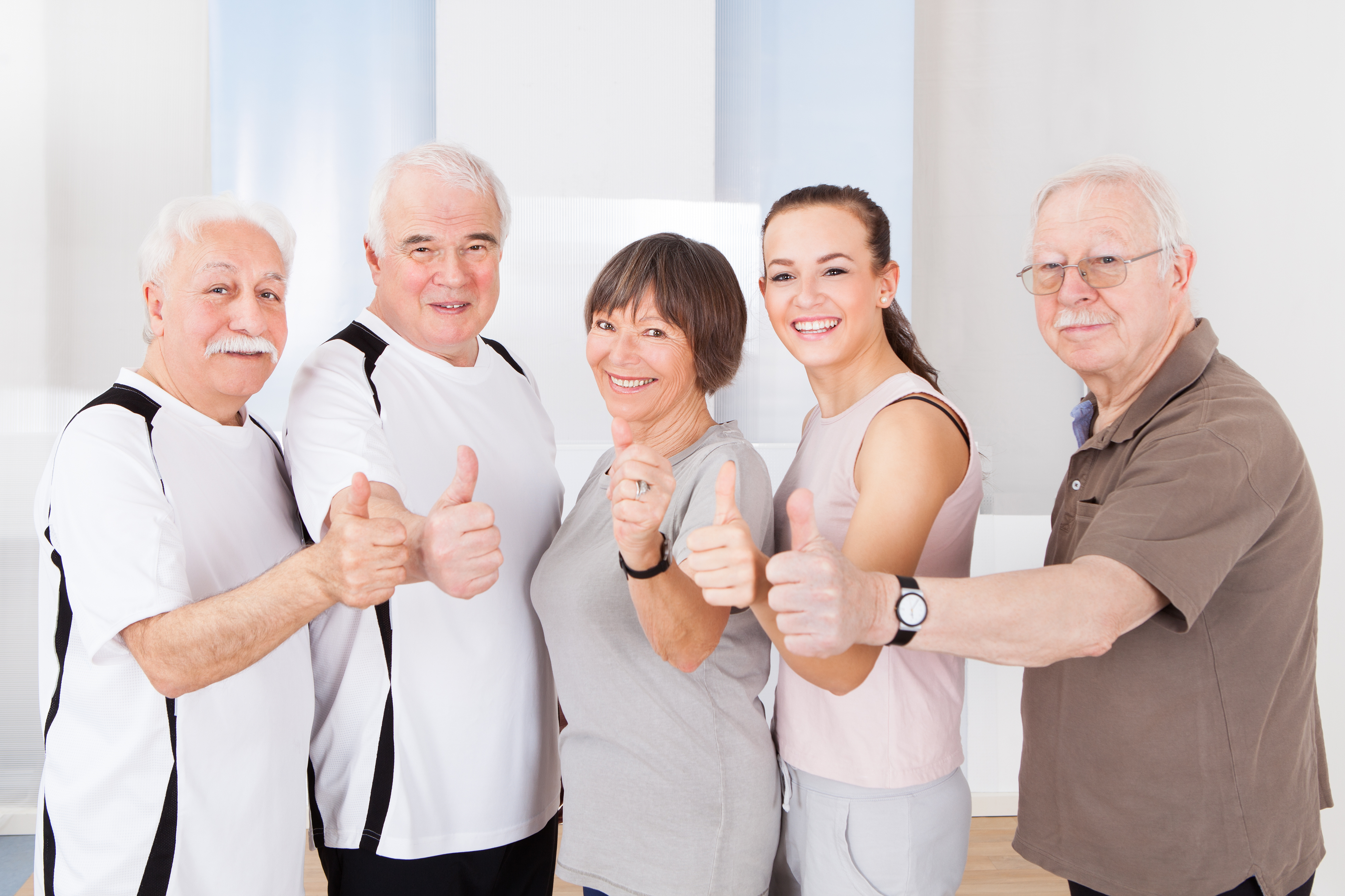Falls are a major cause of injury and even death in the elderly. More than 33% of patients over the age of 65 years old will fall at least one time in the course of a year, and 50% of those people will experience recurrent falls. A shocking two thirds of deaths caused by falls in the US are patients over the age of 65. A major risk factor for serious falls are balance disorders, and combating these disorders with physical therapy to improve lower extremity strength, balance, and proprioception can reduce the frequency and severity of falls.

Researchers in the Department of Rehabilitation of the Eulji Hospital of the Eulji University School of Medicine in Seoul and the Department of Biomedical Engineering in the Keimyung University in Daegu, among others, are working on a novel physical rehabilitation system. It’s a three-dimensional, interactive augmented reality system (3D ARS) that works on improving the function of the lower extremities and strengthening balance in elderly patients. The system integrates the familiar structures of physical therapy and motor learning with AR technology, including high-resolution motion capture, several physical and virtual objects, and interactive computer graphics and sounds.

Microsoft’s Kinect detects and tracks the patients’ movements and interactions with virtual objects, generating a “depth map” that allows objects and individuals in front of it to be detected in the 3D space. Kinect can also determine the position and angle of the joints so they can be easily assessed using a “skeleton” image generated from the user’s depth map. The system has the patient complete three tasks: the “balloon game,” in which a patient strengthens their hip flexion and internal and external hip rotation by trying to cause a falling balloon; the “cave game,” which encourages flexion and extension of the knees while the patient tries to avoid virtual objects in a cave; and the “rhythm game,” designed to enhance the patient’s balance and ability to stand on one leg by stepping on specific locations that appear on the floor. Each one of this tasks is focused on a different exercise and a different set of joints.
Eighteen patients between the ages of 55 and 80 years old with a Mini-Mental State Examination (MMSE) score ≥25, capable of walking independently and standing on one leg, were recruited for this study. The Berg Balance Scale (BBS) and the Timed Up and Go (TUG) scores were tested before and after the patients completed the AR Program. The patients were asked to complete 10 sessions, each 30 minutes in length, for 4 weeks.
The results? The Augmented Reality program’s patients demonstrated a significant clinical improvement in lower extremity balance and mobility following the sessions, as indicated by improved BBS and TUG scores (p<0.001). Other outcomes, such as success rate and response time for each exercise, also improved. The level of participant interest increased as well (p<0.001). It is also worth noting that every participant completed the program without any reported adverse effects.

With as prominent a problem as falls are, medical professionals are constantly trying to find ways to decrease the likelihood of falls for the elderly, allowing them to be more independent and overall healthier. Many studies are being performed as we speak to improve the quality of life for all people of all ages who have mobility issues. Certainly, if you follow ARinMED, you’ve probably heard a few stories similar to this one, but we believe that each new positive result is more exciting than the last, pushing us forward toward a future where AR is used in all sorts of medical fields. AR has possibilities far beyond just gaming (not to say we’re not excited about that, too, because we are!)
We at ARinMED are always looking for the newest and most exciting advancements in line for this beautiful new discipline in medicine, and we want to hear from you about new ideas and discoveries. Share your thoughts about this study, or tell us something you’re excited about in the comments section!
Source: https://www.ncbi.nlm.nih.gov/pmc/articles/PMC4496518/pdf/arm-39-462.pdf








